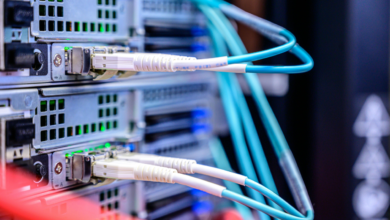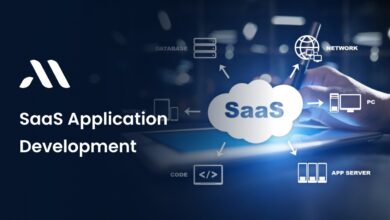Elevating Educational Facilities Management Systems Standards
In the modern educational landscape, ensuring the safety, efficiency, and smooth operation of educational facilities is paramount. With the ever-growing complexities of managing educational campuses, from K-12 schools to higher education institutions, the need for robust education facilities management systems has never been more apparent. This article delves into the significance of facilities management software for schools, highlighting its role in elevating educational standards and enhancing the overall learning environment.
The Role of Facilities Management Software in Education
Streamlining Operations for Enhanced Safety and Efficiency
Facilities management software for schools plays a pivotal role in streamlining various operational aspects of educational institutions. From managing work orders to accessing critical building information, these systems empower facility management teams to efficiently oversee the maintenance and safety of school campuses.
Instant Access to Building Information
One of the primary challenges faced by educational institutions is the accessibility of building information, especially during emergencies. Traditional methods of storing data in record rooms or file servers often prove inadequate in providing instant access to crucial information. Facilities management software addresses this challenge by digitizing building information and making it readily accessible to authorized personnel, including risk management teams and first responders.
Enhancing Productivity and Safety Measures
Boosting Team Productivity
Effective education facilities management software facilitates seamless communication and collaboration among facility management teams. By providing instant access to work orders, building plans, maintenance logs, and equipment manuals, these systems enable teams to prioritize tasks efficiently and minimize downtime. Moreover, mobile solutions empower field maintenance teams to access pertinent information on the go, thereby enhancing productivity and responsiveness.
Mitigating Safety Risks
The safety and well-being of students and staff members are paramount concerns for educational institutions. Facilities management software plays a crucial role in mitigating safety risks by facilitating proactive maintenance, ensuring compliance with safety regulations, and providing access to emergency plans and evacuation routes. By equipping facility management teams with the tools and information they need, these systems contribute to creating a secure learning environment.
Preserving Institutional Knowledge and Data
Preventing Data Loss
Educational institutions often face the challenge of preserving institutional knowledge and historical building data, especially when key personnel retire or leave. Education facilities management system addresses this issue by centralizing data storage and ensuring continuity in information management. By digitizing historical building information and O&M documentation, these systems prevent data loss and facilitate seamless knowledge transfer within the organization.
Optimizing Asset Management
Asset management is a critical aspect of facilities management in educational institutions. By integrating asset management functionalities, education facilities management systemenables schools to track equipment, manage inventory, and schedule maintenance tasks efficiently. Moreover, real-time access to O&M information from the field enhances asset performance and prolongs equipment lifespan, thereby optimizing resource utilization.
Conclusion
In conclusion, facilities management software plays a vital role in elevating educational standards by enhancing safety, efficiency, and productivity within educational institutions. By providing instant access to building information, streamlining operations, and preserving institutional knowledge, these systems empower facility management teams to create and maintain conducive learning environments. As educational institutions continue to evolve, investing in robust facilities management solutions becomes increasingly imperative to meet the diverse needs of students, staff, and stakeholders alike.



